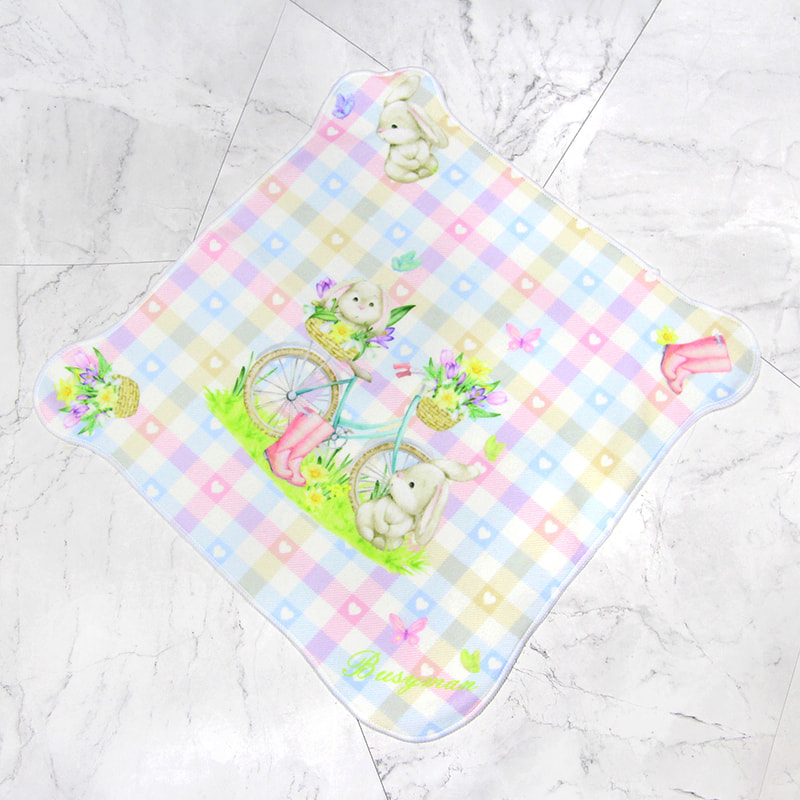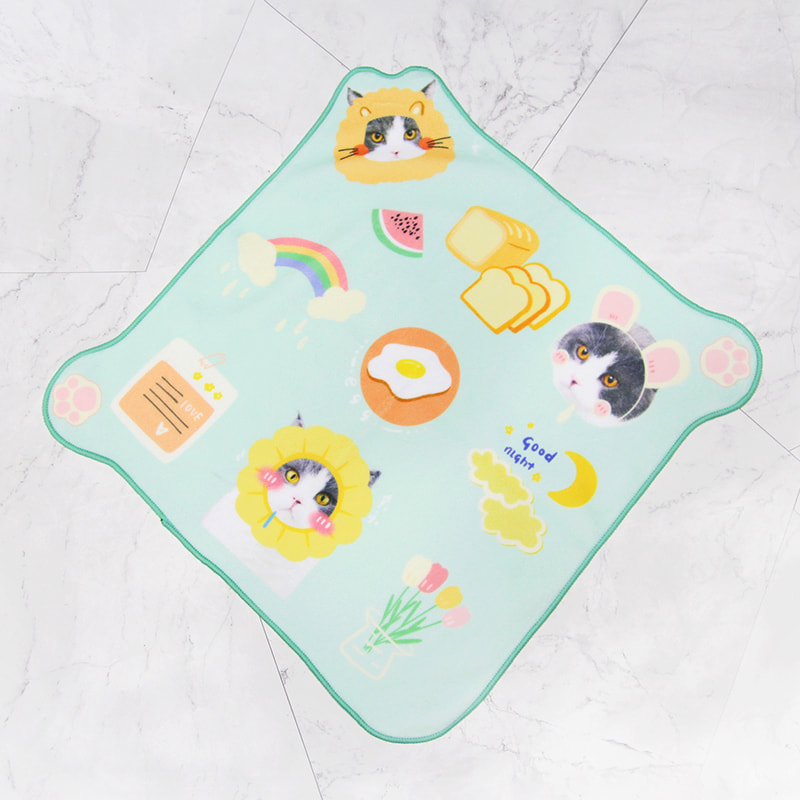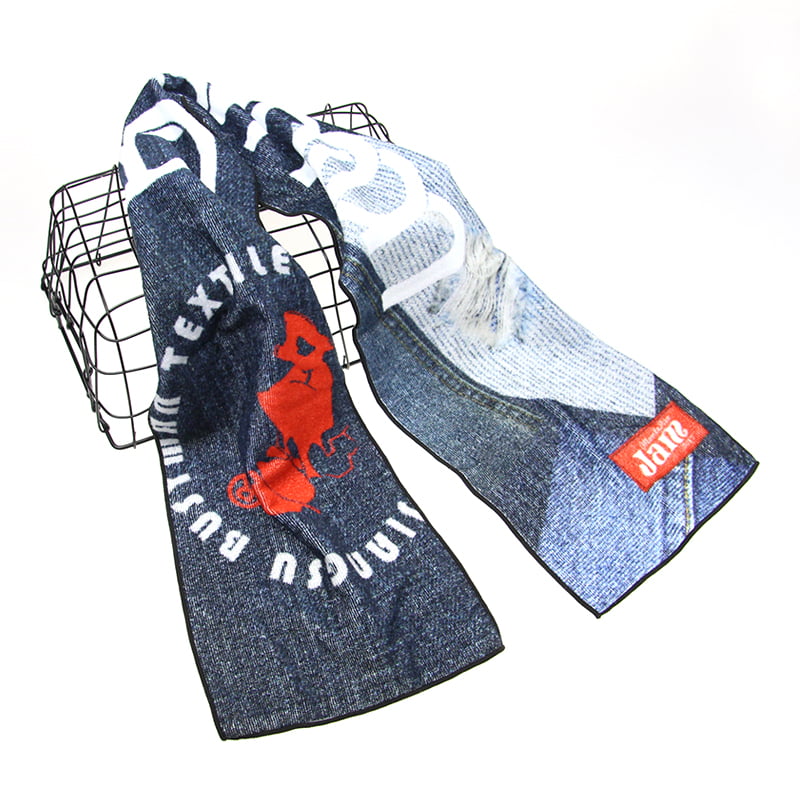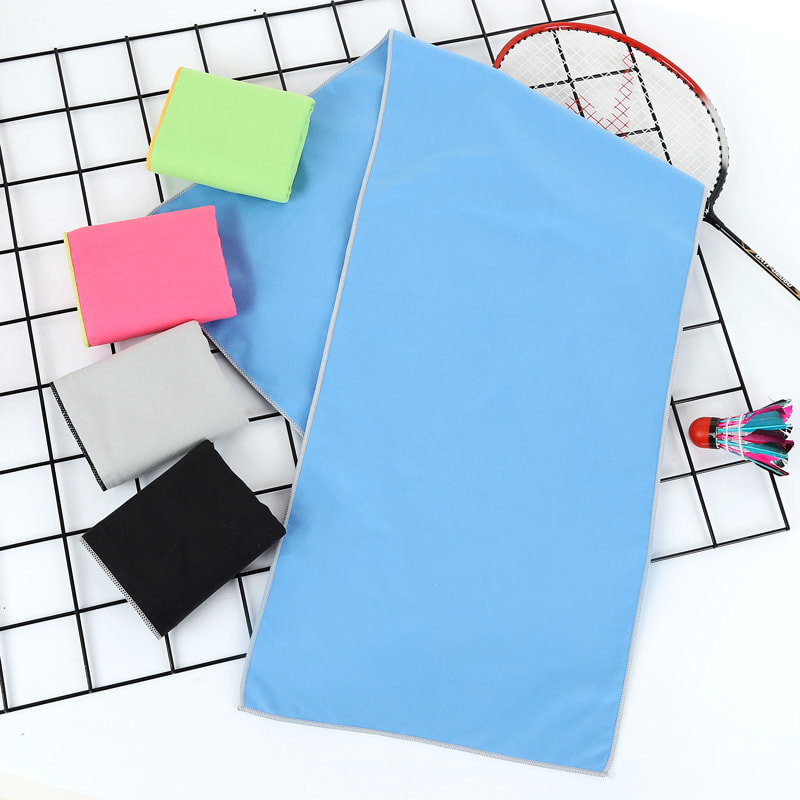In a market with increasingly stringent environmental protection requirements, how should Magic Towel select and optimize materials?
In a market environment with increasingly stringent environmental protection requirements, the material selection and optimization of magic towels have become key issues that companies must face. Consumers and the market are paying more and more attention to environmentally friendly products, which has prompted manufacturers to improve material selection and production processes to reduce the impact on the environment. By rationally selecting sustainable materials, optimizing production processes and improving product recyclability, magic towels can meet consumer needs and enhance the brand's market competitiveness.
Selection of sustainable materials
The sustainability of materials is the core of the environmental performance of magic towels. Traditional magic towels usually use synthetic fibers or natural fibers. In order to reduce the negative impact on the environment, manufacturers can choose alternative materials with stronger environmental performance.
First of all, natural fibers such as organic cotton, bamboo fiber and linen are very ideal choices. These materials are not only able to biodegrade quickly, but also have low production energy consumption. For example, bamboo fiber has gradually become a popular choice in the manufacture of magic towels with its excellent water absorption and antibacterial properties. Compared with traditional cotton, bamboo grows quickly and does not require a lot of water resources, so its production process is more environmentally friendly. In addition, the use of organic cotton can avoid the use of chemical pesticides and fertilizers in agricultural production and reduce pollution to soil and water sources.
At the same time, recycled fibers are gradually being used in magic towel production. By recycling discarded textiles or plastic bottles, manufacturers can reduce the demand for raw materials and reduce environmental load. This not only helps reduce waste, but also allows companies to enter a circular economy model, thereby enhancing the sustainability of products.
Optimization of production processes
In the manufacturing process of magic towels, optimizing production processes is also a key way to achieve environmental protection goals. Process improvements that reduce energy consumption and emissions can effectively improve the environmental friendliness of products. For example, manufacturers can use low-energy compression technology to compress towels into smaller volumes, thereby saving space and reducing carbon emissions during transportation and storage.
In addition, the use of water-based dyes or plant-based dyes can also significantly reduce pollution to the environment. Traditional dyeing processes usually require a lot of chemicals and water, resulting in water waste and pollution problems. The use of environmentally friendly dyes and water-saving technologies can not only reduce the use of water resources, but also avoid the emission of harmful substances, ensuring the environmental performance of the final product.
In the process of process optimization, reducing the generation of waste is also an important environmental consideration. Through precise production control and intelligent manufacturing systems, manufacturers can reduce material waste in the production process and optimize resource utilization.
Improve product recyclability
The design of magic towels should also consider recyclability at the end of their life cycle. After the product's life, if the material can be recycled and reused, the environmental impact of the product will be further reduced. To this end, manufacturers should give priority to recyclable materials and simplify the structure of the product in the design to facilitate disassembly and reprocessing.
For example, if a mixed design of multiple materials is used in the magic towel, it may increase the complexity of recycling. Therefore, the design should minimize the unnecessary use of multiple materials to make it easier to decompose and recycle. In addition, manufacturers can promote the recycling and reuse of products by designing product packaging and instructions to encourage consumers to send discarded magic towels to recycling stations or dispose of them through appropriate channels.
Eco-labels and certifications
To further ensure the environmental friendliness of magic towels, manufacturers can apply for relevant eco-labels or certifications. These certifications not only help consumers identify environmentally friendly products, but also increase the market competitiveness of enterprises. For example, certifications such as OEKO-TEX® and GOTS (Global Organic Textile Standard) can prove that the product meets specific environmental and safety standards. Products with these certifications are often more attractive in the market, especially among consumers who pay attention to health and environmental protection.
User education and communication of environmental protection concepts
Finally, in addition to the optimization of material selection and production process, user education is also an important way to enhance the environmental protection image of magic towels. By adding sustainability information to product packaging or providing guidance on how to use and dispose properly, manufacturers can guide consumers to take environmental protection measures when using and disposing of magic towels. For example, tell consumers how to extend the service life of towels, how to reduce unnecessary waste through proper washing and storage, etc.
At the same time, by conveying the brand's environmental protection concept, manufacturers can enhance consumers' sense of identity with the brand. More and more consumers are willing to pay a premium for environmentally friendly products. Brands can establish themselves as environmentally conscious industry leaders through effective marketing and further win the support of consumers.



 中文简体
中文简体 Español
Español 日本語
日本語 0
0















